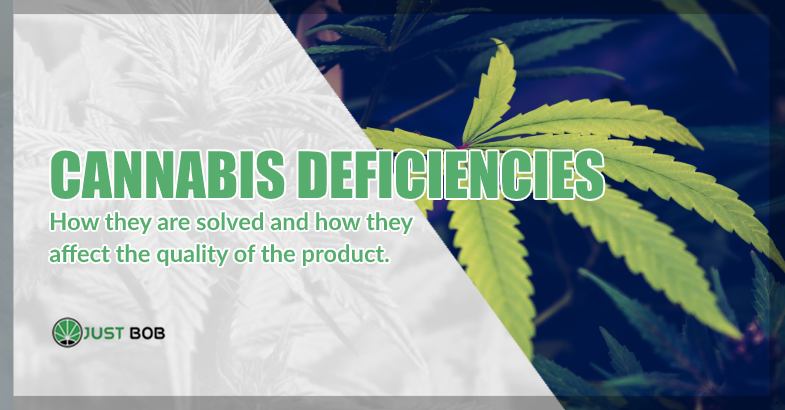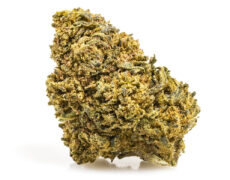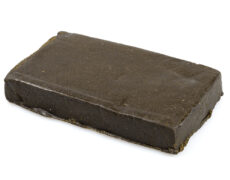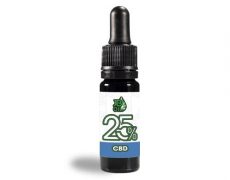Modified on: 22/12/2023
EVERYTHING YOU NEED TO KNOW ABOUT CANNABIS NUTRITIONAL DEFICIENCIES
CBD weed and cannabis growers know that the identification of nutritional deficiencies in cannabis is essential to ensure the survival of the plants. Early diagnosis of marijuana’ symptoms, diseases and deficiencies, helps farmers to have a good harvest and prevent their plants from dying.
Besides, you need to be able not only to identify negative signs but also to restore the health of the cannabis plant.
Are you sure your plants are doing well? Would you like to know everything about cannabis plants and care? Then read the right article! Today, we want to show you the primary cannabis nutrient deficiencies and explain how to recognise them at a glance.
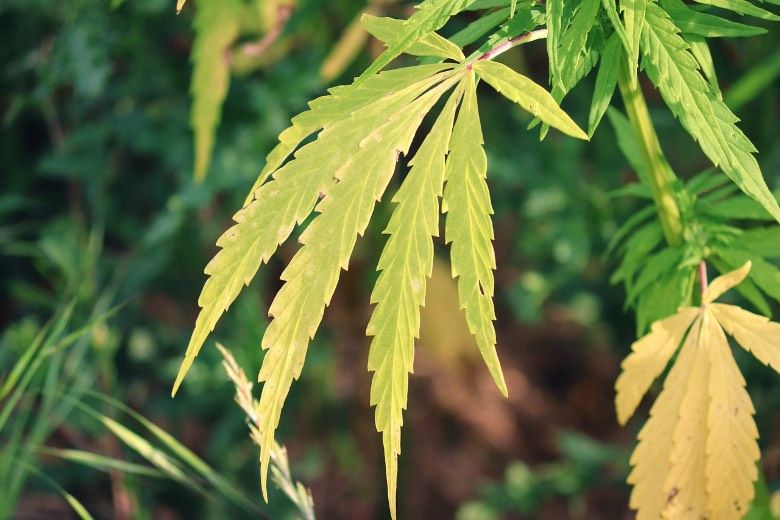

What nutrients might CBD weed lack?
To survive, cannabis plants need to feed on the substances in the soil or irrigation water in the right quantities. They develop diseases when the following substances are absent or present in insufficient (or even excessive) amounts:
macronutrients, namely nitrogen, phosphorus and potassium (NPK)
magnesium
iron
copper
boron
sulphate
zinc
molybdenum
manganese
silicon
If the cannabis plants show apparent signs of difficulty, the grower usually checks the Ph. If the Ph is perfect (with values between 5.5 and 7), then the amount of light could be the problem. On the contrary, if the Ph is below or above these values, the cannabis plant’s discomfort is undoubtedly related to the nutrients.
The most frequent deficiencies are generally those of NPK, or the three macronutrients nitrogen, phosphorus and potassium. In some cases, deficits are related to one or more of the other minor substances.
Read also: Marijuana and panic attacks: what to do and why it can happen when you smoke cannabis
What are nutritional deficiencies consequences of cannabis plants?
Each nutrient deficiency gives rise to particular symptoms, but the most common ones are a sharp slowdown in the new growth, of the stem and a series of diseases of the plant and its leaves. On the other hand, with an excess of nutrients, you can see the death of the plant or the flowers, leaves and roots, which appear to be burnt.
Such a situation significantly affects the quality of the final product. To ensure that our customers receive the best legal hash and cannabis buds, at JustBob, we make sure that all plantations are well maintained and that farmers intervene quickly if they encounter problems or diseases in the plants.
Now let’s take a look at the symptoms and remedies for the deficiency in cannabis of the primary nutrients in CBD cannabis.
Nitrogen deficiency in legal cannabis
If a legal marijuana plant suffers from nitrogen deficiency, symptoms are mainly observed on leaf tips and the leaves that have developed first, i.e. those found at the base and the central part of the stem. These leaves are yellow at the tips and often wilt and dry out; usually, the stem turns red until it dries completely and the leaflets fall off.
Gradually the symptoms of insufficient supply of this substance spread to the younger leaves, reaching the top of the cannabis plant.
Usually, this nutrient deficiency occurs during the flowering phase, so it is essential to quickly act so that the flowers are preserved, and the low nitrogen supply does not spoil the harvest.
What can be done in this case? Immediately add more nitrogen by adding a fertiliser rich in nitrogen to the irrigation water and/or the soil. Growers usually use blood meal, bat guano and vermicompost, which will probably horrify you at first but are lifesavers for nitrogen-deficient plants.
Unveiling the Impact of Nutrient Deficiencies on Cannabis Health and Growth
Cannabis cultivation is an intricate dance of variables, and one crucial aspect often overlooked is the role of nutrient deficiencies in shaping the health and growth of cannabis plants. Understanding the nuances of common nutrient deficiencies is key to maintaining optimal plant health and maximizing yields.
Essential Nutrients and Cannabis Health:
Cannabis plants, like any other living organisms, rely on a delicate balance of nutrients for their overall well-being. Any imbalance or deficiency in these nutrients can significantly impact the plant’s growth, leading to a myriad of issues. The most common nutrient deficiencies in cannabis include nitrogen, magnesium, calcium, phosphorus, potassium, zinc deficiency, iron deficiency, and boron deficiencies.
Identifying Cannabis Nutrient Deficiencies:
Recognizing nutrient deficiencies is a skill every cannabis cultivator should hone. Symptoms of deficiencies manifest in various ways, from changes in leaf color to stunted growth and weakened branches weak stems themselves. For instance, a nitrogen deficiency often results in slow, stunted growth, and overall yellowing of the plant, while magnesium deficiency can cause leaf edges to curl and exhibit yellowing between veins.
Common Cannabis Nutrient Deficiencies:
Among the most prevalent cannabis deficiencies are nitrogen deficiency, where plants display slow growth and yellowing lower leaves; magnesium deficiency, characterized by leaf tips turning brown; and phosphorus deficiency, leading to dark green leaves and poor bud development. Each cannabis deficiency thus presents unique challenges, and their impact on the plant’s health requires a careful diagnosis.
Addressing Nutrient Deficiencies:
Treating nutrient deficiencies involves providing the lacking nutrients in a readily absorbable form. This can be achieved through adjusting nutrient ratios in the growing medium or using nutrient solutions tailored to the specific needs of the plants. Ensuring the right balance of amino acids, essential for cell division and overall plant growth, is crucial in preventing and treating nutrient deficiencies.
Nutrient Imbalances and Soil pH:
Maintaining the proper soil pH is instrumental in preventing nutrient lockout, a condition where nutrients become inaccessible to the plant. Soil pH directly influences nutrient uptake, and an imbalance can lead to deficiencies in specific nutrients, hindering root development and overall plant health.
Mobile and Immobile Nutrients:
Understanding the distinction between mobile and immobile nutrients is pivotal. Mobile nutrients, such as nitrogen and phosphorus, can be redistributed within the plant to support new growth. In contrast, immobile nutrients, like calcium and boron, remain in the specific tissue where they were initially absorbed, affecting the localized areas.
Nutrient Deficiencies during Different Growth Stages:
The impact of nutrient deficiencies varies during different growth stages. In the vegetative stage, deficiencies often result in weak stems and slow growth. Meanwhile, deficiencies during the flowering stage can lead to weak stems and poor bud development and ultimately affect the yield.
Preventing Future Nutrient Deficiencies:
Preventing nutrient deficiencies requires a proactive approach. Regularly testing the growing medium and adjusting nutrient solutions can maintain the right balance. Observing the overall plant health, including factors like leaf color, leaf margins, and root tips, aids in early detection of deficiencies.
A Holistic Approach to Cannabis Health:
In the realm of cannabis cultivation, a holistic understanding of nutrient deficiencies is crucial. From adjusting nutrient ratios to ensuring proper soil pH, cultivators must navigate the intricacies of nutrient imbalances to unlock the full potential of their plants. By addressing deficiencies promptly and fostering a nutrient-rich environment, cultivators can witness robust growth, vibrant foliage, and bountiful yields in their cannabis plants.
Symptoms and solutions to cannabis phosphorus deficiency
When a CBD hemp plant does not absorb enough phosphorus, its growth and vitality are affected. The plant grows very slowly and appears fragile and dull. If the cannabis has rolled leaves and loses the bright green colour of the leaf edges (which sometimes can turn dark green or brown), it probably has a phosphorus deficiency.
Phosphorus deficiency usually occurs during autumn and winter or when the soil is excessively moist and alkaline.
In this case, too, it is solved by adding more massive amounts of phosphorus through the use of special fertilisers. When the phosphorus in the fertiliser exceeds 5%, it is perfect for restoring the health of cannabis plants.
Read also: Marlboro & Cannabis: the story (that made the buzz) of the “rigged” cigarettes
Potassium deficiency in CBD marijuana
When a cannabis plant does not absorb enough potassium, the symptoms it shows are decidedly unusual. It grows quickly at first, but the lower leaves start to dry out from the tips and turn brown. Suddenly the plant stops growing and developing.
Plants deficient in this essential nutrient are usually very fragile. Besides, spots may appear on leaf veins of the yellowish cannabis leaves, especially on the mature leaves.
There is another consequence of potassium- deficiency in cannabis that is very disadvantageous for the yield of the marijuana plantation: flowering can be delayed, and the buds can develop little and badly, leading to a non-existent or very disappointing yield.
The ideal way to solve a potassium deficiency is to buy and use a fertiliser with a high potassium content, to be added to the soil or irrigation water. The most appropriate fertilisers are the following:
wood ash
potassium sulphate
granite dust
kelp flour
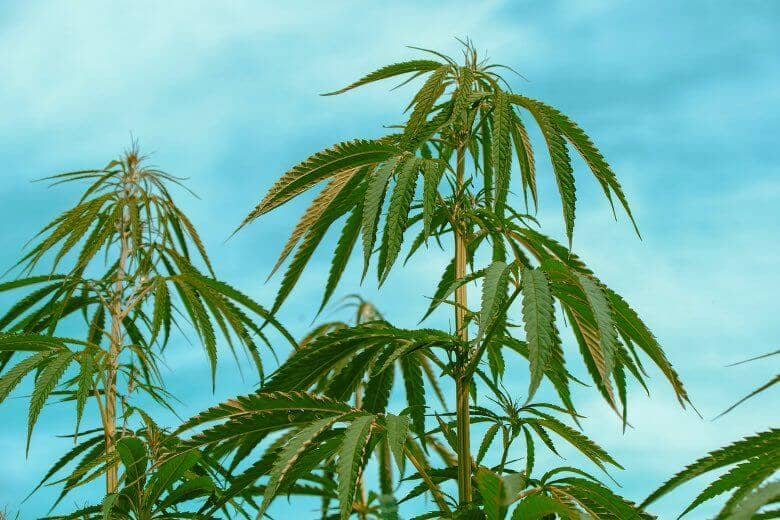

Cultivating Cannabis Success: Navigating Nutrient Deficiencies for Optimal Plant Health
In the realm of cannabis cultivation, ensuring optimal plant health is paramount to achieving robust growth and maximizing yields. Cannabis deficiencies, especially those related to nutrients like nitrogen, magnesium, calcium, phosphorus, potassium, zinc, and iron, can significantly impact plant growth and overall vitality.
Recognizing the signs of nutrient deficiencies is crucial for cultivators. Nitrogen and potassium deficiency alone, for instance, may manifest as stunted growth and yellowing leaves, while magnesium deficiency can cause leaf edges to curl. Calcium deficiency may result in weakened cell walls and overall plant health deterioration.
Copper deficiency symptoms often include red or purple stems, indicating potential issues with nutrient uptake. Identifying these copper deficiency zinc deficiencies early is key to implementing effective solutions, such as adjusting nutrient ratios in the growing medium or providing a targeted nutrient solution.
Amino acids play a crucial role in cannabis plant growth, aiding in cell division and overall development. Observing young leaves, leaf veins, and new growth provides valuable insights into the plant’s nutrient absorption and potential to treat nutrient deficiencies.
Preventing nutrient deficiencies requires a proactive approach. Regularly treating nutrient deficiencies involves providing the lacking nutrients in an accessible form, ensuring the entire plant receives the necessary elements for optimal health.
In the pursuit of healthy cannabis plants, cultivators must navigate the intricacies of nutrient lockout, a condition where nutrients become inaccessible to the plant. Understanding nutrient transport and the chlorophyll molecule’s role in nutrient uptake and chlorophyll production contributes to a holistic approach to cannabis cultivation.
In summary, a well-rounded understanding of specific nutrient deficiencies, their symptoms, and effective treatment methods is fundamental to successful cannabis cultivation. By addressing deficiencies promptly and adopting best practices in nutrient management, cultivators can cultivate thriving cannabis plants with dark green leaves, strong branches, and vibrant overall health.
Optimizing Cannabis Health: A Guide to Correcting Nutrient Deficiencies
Cannabis plants, like any living organisms, require a delicate balance of nutrients for optimal growth and vitality. When faced with cannabis deficiencies such as magnesium deficiencies, calcium deficiency, potassium, zinc, or iron deficiency, addressing these issues promptly is key to ensuring the plant’s overall health and preventing stunted growth.
Identifying Cannabis Deficiencies:
Recognizing the signs of cannabis nutrient deficiency or deficiencies is the first step towards effective correction. From stunted growth and yellowing leaves to weak stems and leaf curling, each symptom provides valuable insights into the specific nutrient lacking iron deficiency in the cannabis plant.
Essential Nutrients for Cannabis Health:
Essential nutrients, including magnesium, calcium, and potassium, play a pivotal role in cannabis plant health. A deficiency in these nutrients can lead to issues of cannabis deficiency such as nutrient lockout, where essential elements become inaccessible to the plant, hindering nutrient uptake and overall growth.
Addressing Specific Deficiencies:
Tailoring treatment to specific deficiencies is crucial. For instance, a magnesium deficiency may be evident in leaf tips turning brown, while a zinc deficiency boron deficiency could manifest as young leaves exhibiting abnormalities. Treating nutrient deficiencies involves adjusting nutrient ratios in the growing medium and providing targeted nutrient solutions.
Balancing Nutrient Ratios:
Adjusting nutrient ratios is a precise process that involves understanding the nutrient requirements of the cannabis plant at different growth stages. This ensures that nutrients, like zinc and iron, are readily available for uptake, promoting healthy root development and robust new growth.
The Role of Chlorophyll Production:
Chlorophyll production, driven by nutrients such as sulfur and iron, is fundamental to the plant’s ability to photosynthesize. Addressing sulfur and iron deficiencies also can prevent leaves from turning dark green, a common symptom of nutrient imbalances. Proper calcium uptake is also crucial for maintaining cell walls and overall plant structure.
Preventing Future Deficiencies:
A proactive approach is key to preventing nutrient deficiencies in cannabis plants. This involves maintaining a balanced growing medium, observing young growth for any signs of abnormalities, and ensuring that nutrients are present in the right proportions to support the plant’s overall well-being.
Correcting the nutritional deficits of cannabis plants requires a comprehensive understanding of specific deficiencies, their symptoms, and targeted treatment methods. By adjusting nutrient ratios, addressing any deficiency symptoms promptly, and fostering a nutrient-rich environment, cultivators can promote optimal cannabis plant health, ensuring vibrant growth, and maximizing yields.
In conclusion
Nutritional deficiencies in CBD cannabis plants can compromise plantlet growth and yield. Plants with nutrient deficiencies often die or grow poorly and badly, producing poor quality flowers with low CBD content.
It is not the case with the CBD flowers you find online at Justbob: we select CBD buds from the best growers, experts and problem solvers in marijuana plants, to guarantee our customers the highest quality.
What are you waiting for? Buy the best CBD flowers now at our CBD online shop: you will be delighted!

